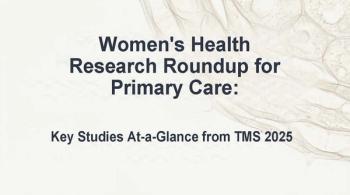
Drug Benefit Trends
- Drug Benefit Trends Vol 21 No 3
- Volume 21
- Issue 3
Digestive Diseases Cost $141.8 Billion Annually
Digestive diseases are costly to manage, with annual costs totaling $141.8 billion in 2004 (Figure 1), according to an NIH report. Direct costs associated with digestive diseases jumped from $85 billion in 1998 to nearly $98 billion in 2004. Prescription drug costs alone were $12.3 billion. Indirect costs for digestive diseases more than doubled, from $20 billion in 1998 to $44 billion in 2004, of which $32.8 billion was associated with lost productivity caused by increased mortality.
Digestive diseases are costly to manage, with annual costs totaling $141.8 billion in 2004 (
Digestive cancers were the most costly digestive diseases in total annual costs, accounting for $24.1 billion (
Approximately 70 million US adults are affected by digestive diseases. The National Institute of Diabetes and Digestive and Kidney Diseases (NIDDK) estimates that 50 million persons are lactose intolerant (
Articles in this issue
over 16 years ago
Genetic Polymorphism and Major Depression: New Theoriesover 16 years ago
Insulin: A Possible Treatment for AD?over 16 years ago
Financial Incentives Spur Smoking Cessationover 16 years ago
Managing Drug Interactions That Can Reduce Levothyroxine Efficacyover 16 years ago
Optimizing the Use of Cost-Sharing Strategiesover 16 years ago
Prevention as a Replacement for Breakdown Medicineover 16 years ago
Using Biomarkers to Guide Therapy, Coverage Decisionsover 16 years ago
Clinicians Override Most Rx Safety Alertsover 16 years ago
Metabolic Agents Lead Drug ExpendituresNewsletter
Enhance your clinical practice with the Patient Care newsletter, offering the latest evidence-based guidelines, diagnostic insights, and treatment strategies for primary care physicians.


















































































































































































































































































